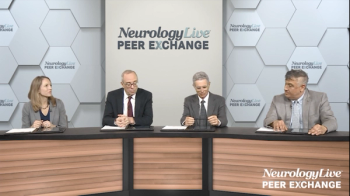
News

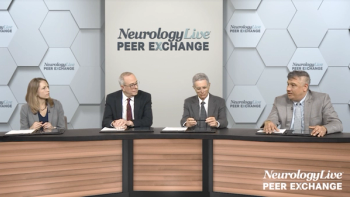
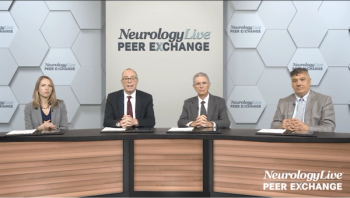
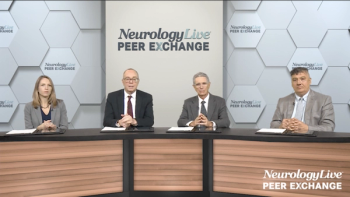
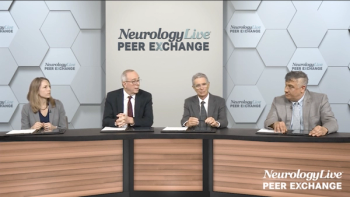


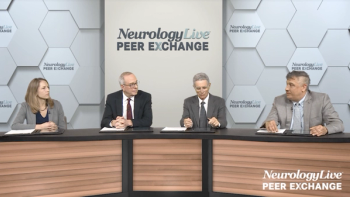
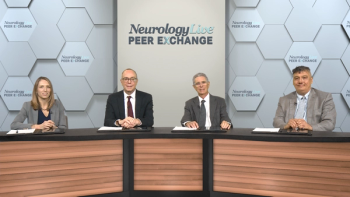
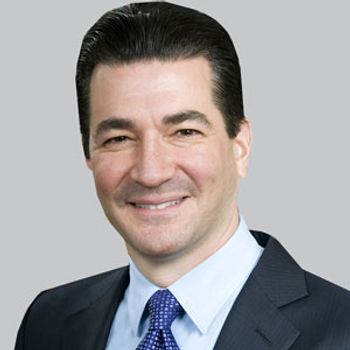
The framework consists of 2 documents that expand on the agency’s plans for its risk-based approach for describing drugs, devices, and biologics, including those designated as regenerative medicine advanced therapies.

Neuromodulation and Stimulation Devices Offer Additional Options to Patients With Headache Disorders
As many patients with migraine and other disorders are resistant to currently available options, this increase in device development has brought forward additional path­ways to treatment for patients.
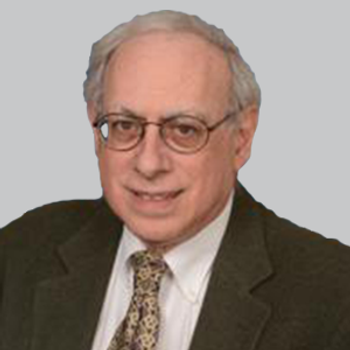
In addition to tremor-dominant Parkinson disease and essential tremor, focused ultrasound has the potential to be used in a number of conditions, according to the chief of the Neurology Service at the Maryland VA Health Care System.

Preliminary results show that the whole genome information can be used to assess the association between predicted gene expression in different parts of the brain and sleep, suggesting where brain genes are expressed matter for variability in sleep.

The professor in the Department of Neurology at Klinikum Wels-Grieskirchen, in Wels, Austria, spoke about the anti-CD20 antibody and its potential to treat patients with MG.
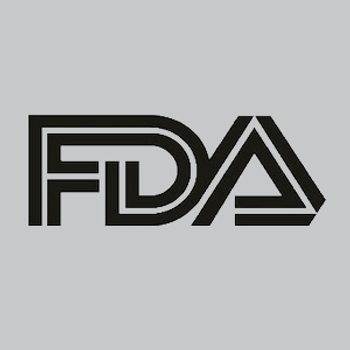
The therapy, which has a PDFUA date of Aug. 19, 2019, is being studied in an ongoing phase 3 study.

The chief medical officer of Cytokinetics spoke about the promise that the investigational fast skeletal muscle troponin activator holds as a potential treatment for spinal muscular atrophy.
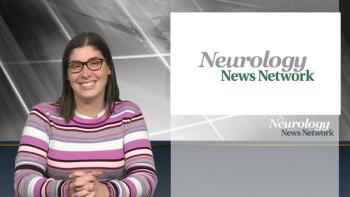
Neurology News Network for the week of February 14, 2019.

The assistant professor of neurology at Stanford University addressed the possibility that vitamin D’s role on cells within the human immune system could have a therapeutic influence in neuro-metabolic disorders such as ADL.
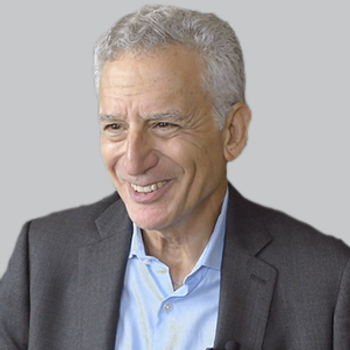
The new funding initiatives and innovative programs to expedite research efforts could hasten the search for biomarkers of Alzheimer disease in the blood and, ultimately, open the door to easier, quicker, and more affordable diagnostic methods.

The professor of neurology and chief of the Neurology Service at the Maryland VA Health Care System spoke about the impact focused ultrasound has had in the treatment of tremor-dominant Parkinson disease.
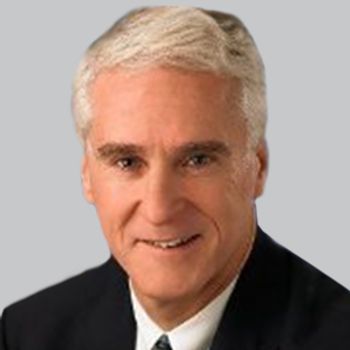
If approved, pitolisant would be the first new therapy in more than 15 years indicated for treatment of both excessive daytime sleepiness and cataplexy in adults with narcolepsy.
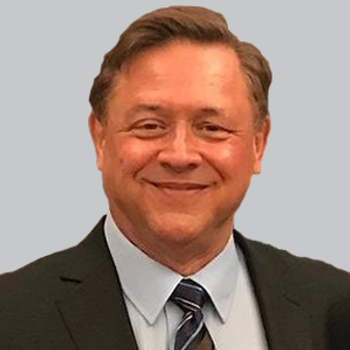
MMJ International Holdings’ 2 cannabis-derived treatments, MMJ-001 and MMJ-002, were submitted for Fast Track and Orphan Drug designations, respectively, the latter of which was approved by the FDA.

Using BioAscent’s Compound Cloud library, researchers at the ALBORADA Drug Discovery Institute identified more than 900 potential candidates, which the institute is now testing in vivo.

The assistant professor of neurology at Stanford University spoke about vitamin D’s biologic role in fuel dependency, energy efficiency, and cell survival within the human immune system.
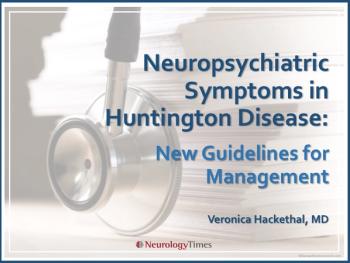
Some good news about Huntington disease: most of the behavioral symptoms can be managed with treatments developed for other conditions.

Despite accessibility to antiepileptic drugs in high-income settings, more than one-third of patients with newly diagnosed epilepsy were not treated or had delayed treatment.

The authors concluded that when DBS is insufficient to manage motor symptoms, apomorphine, whether alone or in combination with DBS, is a good choice to improve the disease control.

At the final follow-up at an average of 20 months, remission was present in 42.9% of the 56 patients included, and an additional 25% had minimal manifestations or better as measured by the Myasthenia Gravis Foundation of America-Postintervention Status.

The director of the Pediatric Epilepsy Center at UCSF Benioff Children’s Hospital discussed the efficacy profile of ZX008, for which Zogenix recently submitted a new drug application to the FDA for the treatment of Dravet syndrome.

Ultimately, the risk of the composite end point of stroke and myocardial infarction was reduced by 40%, and the risk of stroke alone was reduced by 33%.
